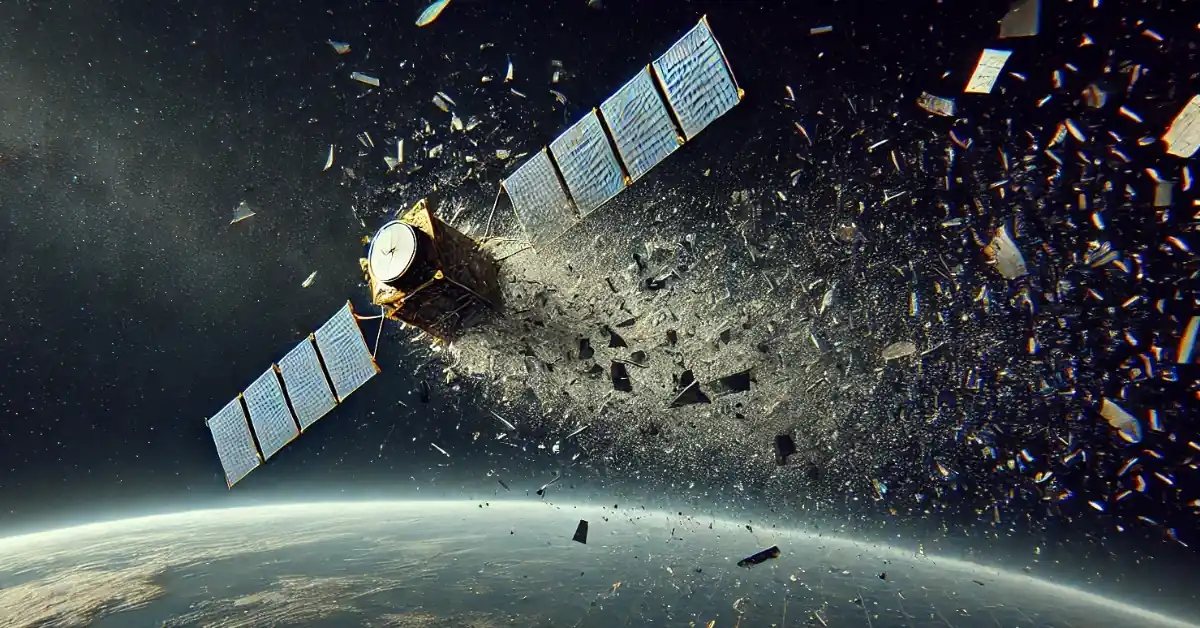By: June He
The event occurred on Wednesday afternoon UK time close to the ISS. It meant that astronauts aboard the ISS had to shelter for about an hour or two, NASA’s space station office said.
The astronauts were able to leave the spacecraft and carry on with their usual work not long after the incident. There were no immediate details on what actually caused the earth observation satellite, which Russia declared was decommissioned in 2022, to break up.
US space command, which was tracking the satellite’s broken pieces, said that there was no immediate danger for other satellites that are currently in orbit. By Thursday afternoon, at least no less than 180 pieces of the satellite had been detected.
The satellite’s breakup was at a height of harshly 220 miles up from earth. It is a popular region where thousands of small to large satellites operate, including Space X’s starlink network and China’s Tiangong space station, which currently has three of its astronauts onboard.
Events like these in orbit don’t happen very frequently, but there are growing concerns as space becomes too crowded by satellite networks, which all people around the world rely on every single day. Many satellites in space play a vital role when it comes to events happening on earth, like internet use and navigation services for example. However, there are also a huge amount of satellites currently in space which are not being used any more. These are a part of what is called space junk.
“Due to the low orbit of this debris cloud, we estimate it’ll be weeks to months before the hazard has passed,” said US space-tracking company LeoLabs about the Russian satellite in a statement.
There are around 25,000 pieces of debris, larger than 4 inches, which is about 10 cm, in space caused by satellite explosions or collisions. There are concerns that can cause many problems in the future.
Dead satellites frequently remain in orbit until they fall downward into Earth’s atmosphere years later and are burned in process. In some much rarer circumstances, they fly extremely far away from earth into deep space which lowers the risk of them crashing into active satellites.











